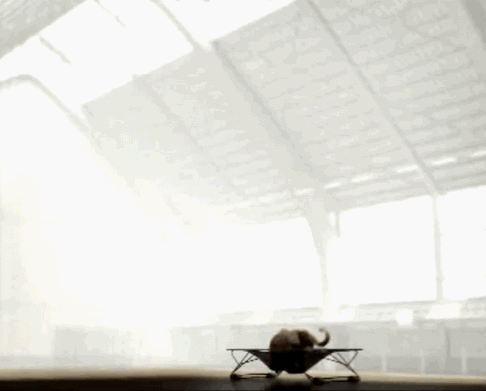السلام عليكم
تعرضت طائرة بوينج 283ER-767 تابعة لشركة طيران ايرومكسيكو Aeromexico لضربة ذيل Tail Strike أثناء قيامها برحلة من مطار مدريد باراخاس الدولي إلي مكسيكو سيتي في المكسيك, و ذلك في يوم الثلاثاء 16 أبريل 2013.
الطائرة ظلت في الجو لمدة ساعة و نصف تقريبا لافراغ الوقود, ثم قامت بهبوط في مطار مدريد.
لم يصب أحد في الحادث , و ما زال جاري التحقيق لمعرفة الأسباب وراءه.

تحياتي
تعرضت طائرة بوينج 283ER-767 تابعة لشركة طيران ايرومكسيكو Aeromexico لضربة ذيل Tail Strike أثناء قيامها برحلة من مطار مدريد باراخاس الدولي إلي مكسيكو سيتي في المكسيك, و ذلك في يوم الثلاثاء 16 أبريل 2013.
الطائرة ظلت في الجو لمدة ساعة و نصف تقريبا لافراغ الوقود, ثم قامت بهبوط في مطار مدريد.
لم يصب أحد في الحادث , و ما زال جاري التحقيق لمعرفة الأسباب وراءه.

تحياتي



تعليق